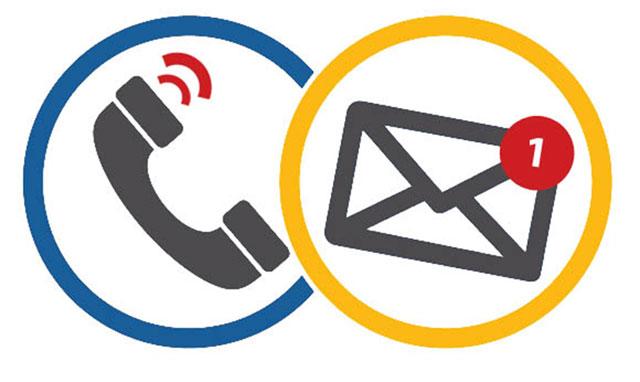You are here
Automatic translation — better, but still not there yet
By Jean-Claude Elias - Feb 21,2019 - Last updated at Feb 21,2019
With increasing globalisation and a shrinking Earth, speaking, or at least understanding, several foreign languages is not a luxury anymore — it is a real must. We now need to communicate with speakers of other languages more frequently faster and better. The question is more important than ever.
Software in general and the web in particular, have brought numerous tools that help you achieve, even if not perfectly yet, the trick. They range from text-based translation to instant voice processing. As an example, the new Travis Touch pocket translator is a handheld device, the size of a small smartphone, that listens to what you would say in a given language, instantly translates what you just said and then speaks it out loud in its own voice, in the chosen target language. The main languages processed by the Travis Touch are Arabic, English, Chinese, French, German, Spanish, and Japanese. This covers quite a large part of the world’s population!
How much are Travis Touch and the like able to do at this stage? It all remains simple, merely handling straightforward, non-equivocal, non-idiomatic talk. Some call it “touristic style”. PcMag reviewer Kevin Sebastian said of it: “don’t expect to have deep insightful conversations”. He further explained that the unit uses a “Wi-Fi signal that connects to a language database that works with real translators”.
Acknowledging what automatic translators can, and cannot, do is key to using them smartly and to avoid being disappointed. While the new, automated tools can be practical, proper human translation is still very much in demand, and only this kind can deliver properly formulated output, with correct grammar, syntax and hopefully style.
In parallel, and in the same vein, countless ads can be seen on the web that promise to teach you a new language in a few weeks. Babbel is an e-learning much-publicised German platform that just does that. How much-exactly you can learn with it in a few weeks is another story.
Even the good old text-based tools such as Google Translate have been significantly improved. Those looking for a little more than just to understand what the text they are reading is about can use specialised websites or tools that deal with context-based translation, resulting in translated text that is much more accurate than what the general purpose Google Translate can deliver. For instance: Linguee, Al Maani (Arabic for “the meanings”) or Reverso, to name only three of them.
There is little doubt about the great utility of all these tools. They keep being improved constantly and over short periods of time. Sometimes the improvement can be felt in a matter of a few months. And yet, and again, human translators can do much better, but of course, they would take more time, and needless to say, more money to do it.
Professional human translators sometimes use the output generated by great sites to obtain a first draft, therefore saving precious time this way, if only in typing, and then edit the output to come up with more perfect language, grammar and syntax. It takes skills, art, wide general knowledge and culture to do that well.
Automatic, instant, multilingual, spoken, written, all these attributes of the connected digital world can do wonders to make the world unite and communicate faster, better and in an easier manner. Knowing the limits and remembering that automation can sometimes make serious misinterpretation with dire consequences means it always must be used carefully and wisely.
In the meantime, and until the day we see the United Nations replace their highly skilled, highly paid human interpreters with automatic digital devices at conferences and UN sessions, automatic translators will remain gadgets. Useful ones by all means, good helpers maybe, time savers and also perhaps fun to use, but gadgets nevertheless.
Related Articles
You probably use Google Translate online service or mobile application every now and then.
Putting to good use the power of computers, artificial intelligence (AI), neural networks and the various digital tools available, to do lan
Don’t wait for the beep: Voicemail is going the way of the dinosaurs.Although phone-message technology advanced steadily from cassette recor


















